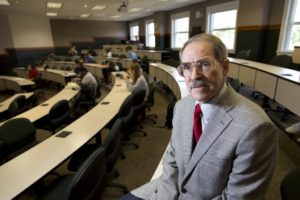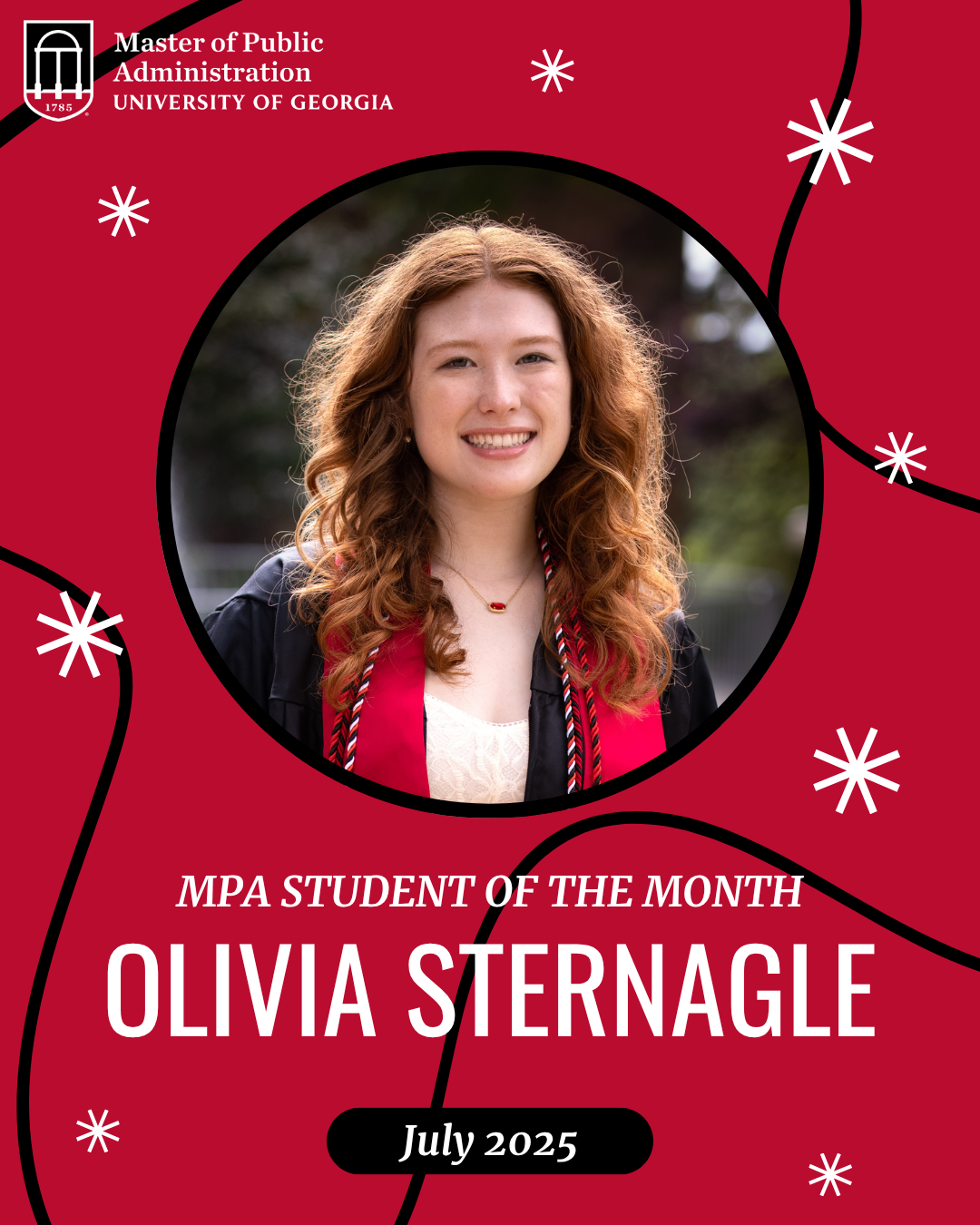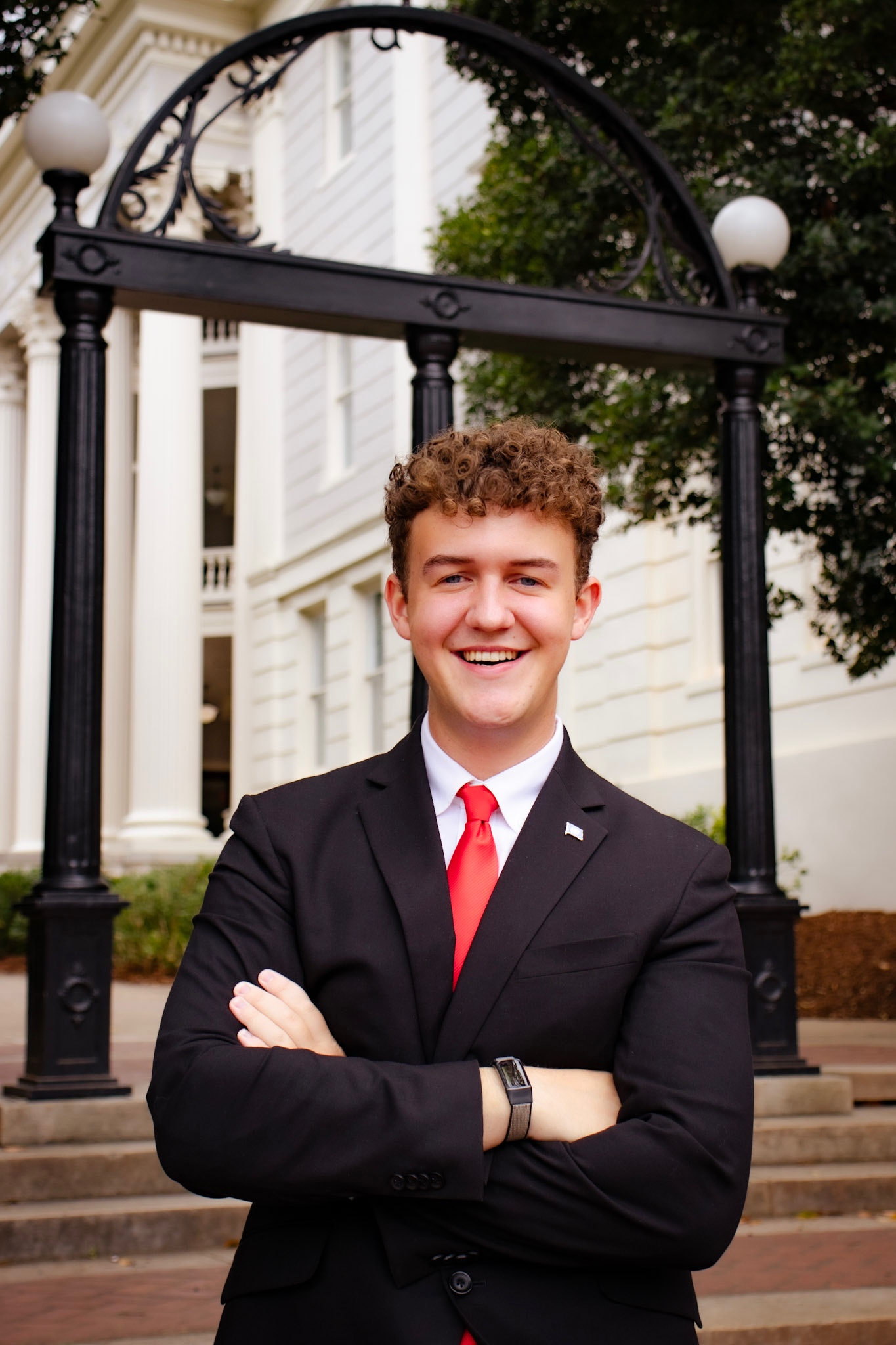
By: Rachael Andrews
Dr. Charles Bullock III, Richard B. Russell Professor of Political Science, has two upcoming books in press; one, which focuses on special elections in the US House of Representatives, and another, which investigates the redistricting process.
Bullock’s first book, Special Elections: The Backdoor Entrance to Congress, is the first definitive book on the subject, and provides a comprehensive look into special elections.
Bullock refers to special elections as a “backdoor entrance to Congress.” Most people are elected to Congress during a regularly scheduled election in November during an even numbered year. However, special elections happen as needed, and are usually not something one can anticipate.
“We can anticipate elections in November of 2030, 2040, even 2050,” Bullock explains. “But if we were to go back to September of 2016, we could not have anticipated that in 2017 there would be a special election for Georgia’s 6th Congressional district and that it would be the most expensive congressional election ever held.” The election itself didn’t become necessary until former Congressman Tom Price resigned his seat, which was largely unforeseeable.
“So, if you lived in that district and wanted to run for Congress, you may have looked at Tom Price, a popular incumbent, and thought, ‘well, I could never beat him,’” Bullock continues. “All of a sudden, he resigns his seat, there’s a special election and then you may think, ‘well, now I have a chance.’”
The media often puts an emphasis on how special elections may be an indicator for general elections, particularly in 2017. Bullock says for the most part, this is true. “If the president’s party does poorly, then that does indicate that in the next regularly scheduled election, the opposition party will make gains,” he says.
As is true with regularly scheduled elections, there are certain factors that can similarly affect the outcomes of special elections.Generally speaking, if a candidate raises more money, they have a better shot at winning- the most important factor, however, is that the party that held the seats generally retains them in special elections. “Incumbents are generally favored to win, so special elections have a higher rate of retention than in regularly scheduled elections,” Bullock explains.
Dr. Bullock’s second book in press, Redistricting: The Most Political Activity in America, details the history and impact of redistricting on the electoral process.
As for why redistricting is the most political activity in America, Bullock says that parties begin laying plans far in advance of the next redistricting cycle (which is every year ending in 1, after the census takes place in a year ending in 0). “If you get to draw the maps, then you may come up with a set of maps that allow you to retain seats in Congress for up to a decade,” Bullock explains.
“That’s why for example, a major goal for the Georgia state Democrats this year is to try to win a majority in the state house,” he goes on. “The actors in redistricting are the state house, state senate, and governor; currently, Republicans control all of those and Democrats would have very little input on drawing the maps or would not have the ability to potentially veto a partisan plan.”
Because Georgia has been at the center of redistricting precedents for decades, Bullock’s book includes a chapter that focuses on redistricting in the Civil Rights era and afterwards. Georgia’s redistricting efforts in 1962 led to the first African-American to be elected to a state legislature in the south in about half a century, which made it evident that redistricting could lead to opportunities for minorities and oppressed groups to win legislative seats.
There’s much to anticipate in the future of research on redistricting, Bullock says. “There has been a change in the challenges made to redistricting efforts,” he continues. “In the 1960s, it was about equalizing districts in terms of population and representation of minorities; more recently in the 2010s, there have been challenges to the partisanship of redistricting – how far can a party go in pushing its advantages?”
The courts have spent a large part of the 2010s deciding their role in this process. In 2019, the Supreme Court decided not to get involved in redistricting cases, but Bullock says that in the 2020s, we may see that parties will not go to federal court with their challenges, but instead go to state courts, who may be more likely to step in.
“A lot of attention and subsequent research will be focused on the standards that state courts apply to these decisions,” he concludes. “And with 50 different options, I suspect that we’re going to see a range of responses.”








